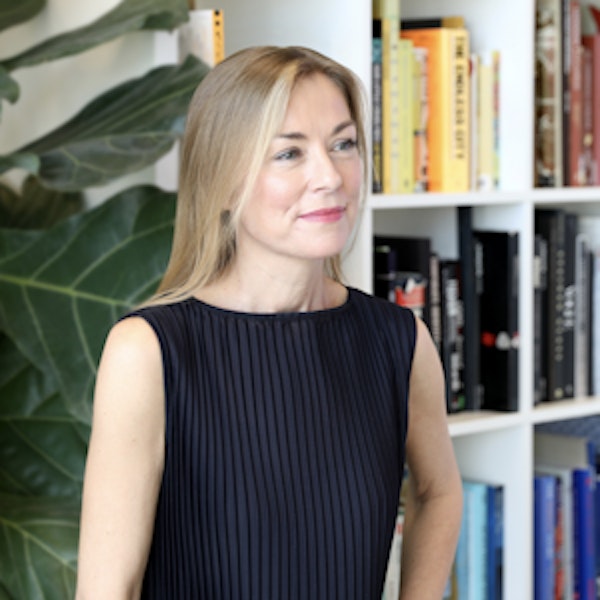
Learning from nature to shape AI’s future
From Ancient Rocks to Quantum Leaps: Nature’s Wisdom for AI’s Future
(This article was generated with AI and it’s based on a AI-generated transcription of a real talk on stage. While we strive for accuracy, we encourage readers to verify important information.)
At Web Summit Lisbon 2025, Mr. Oliver Balch moderated a discussion on the profound connection between AI and nature. Mr. Roman Teslyuk, Founder and CEO/CTO of EARTH AI, explained his company’s use of AI for precision geological detection. This technology locates hidden critical mineral deposits, vital for electric vehicles and renewable energy, directly addressing the global shortage of these vital resources. AI guides exploration in remote areas, identifying new mineral locations and formations that challenge existing geological models, prompting deeper scientific inquiry into nature’s complexities.
Traditional geological methods, relying on rudimentary filters, have a low success rate in finding new deposits. AI enhances this by providing context to anomalies, focusing exploration efforts on those most likely to contain critical minerals. This targeted approach significantly improves efficiency and reduces wasted effort in resource discovery.
Ms. Rika Nakazawa, Chief Commercial Innovation Officer at NTT, discussed AI’s pervasive role within her global technology solutions company. AI is fundamental to NTT’s operations, embedded in systems for sensing, responding, optimizing, and creating new experiences across various sectors and geographies.
A key focus for Ms. Nakazawa is the sustainability of AI, particularly given NTT Data’s significant presence in data centers, known for high energy consumption. Her PhD research explores “organic intelligence,” investigating how nature’s inherent efficiencies can inspire more sustainable AI development.
Nature, through billions of years of evolution, offers unparalleled models for energy efficiency. Photosynthesis exemplifies this, demonstrating an organic system’s ability to transfer energy with far greater efficacy than current human-engineered solutions, a concept linked to quantum coherence.
Ms. Nakazawa highlighted that AI’s advanced data processing capabilities can unlock lessons from these organic systems. This biomimicry approach, applied through material science, aims to optimize energy regeneration and transfer. NTT’s R&D includes developing all-photonic networks, potentially reducing computing energy needs by 100-fold. The speakers emphasized a symbiotic relationship between AI, sustainability, and nature as crucial for terrestrial challenges and future space exploration, concluding with an optimistic vision of a fully renewable future by 2050.
